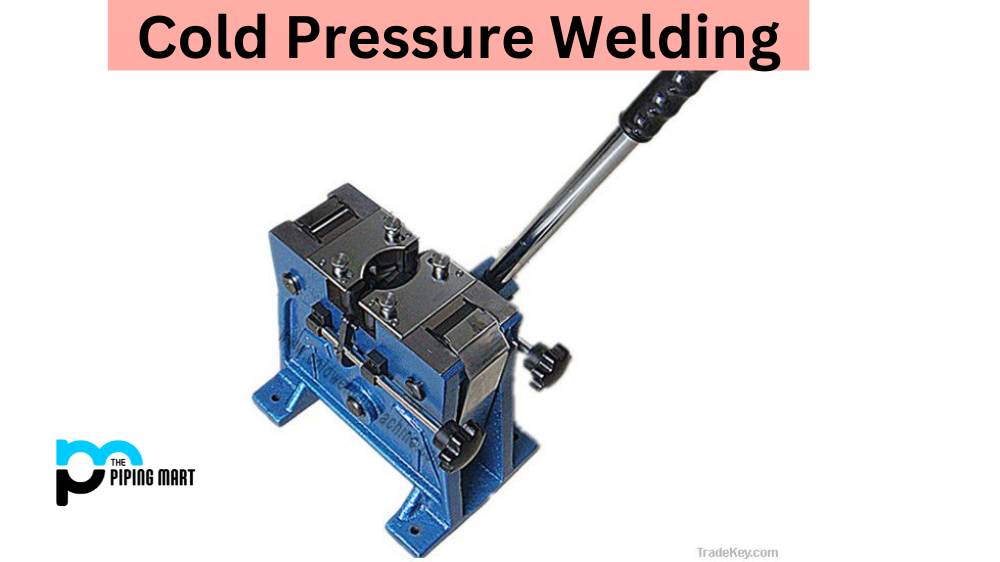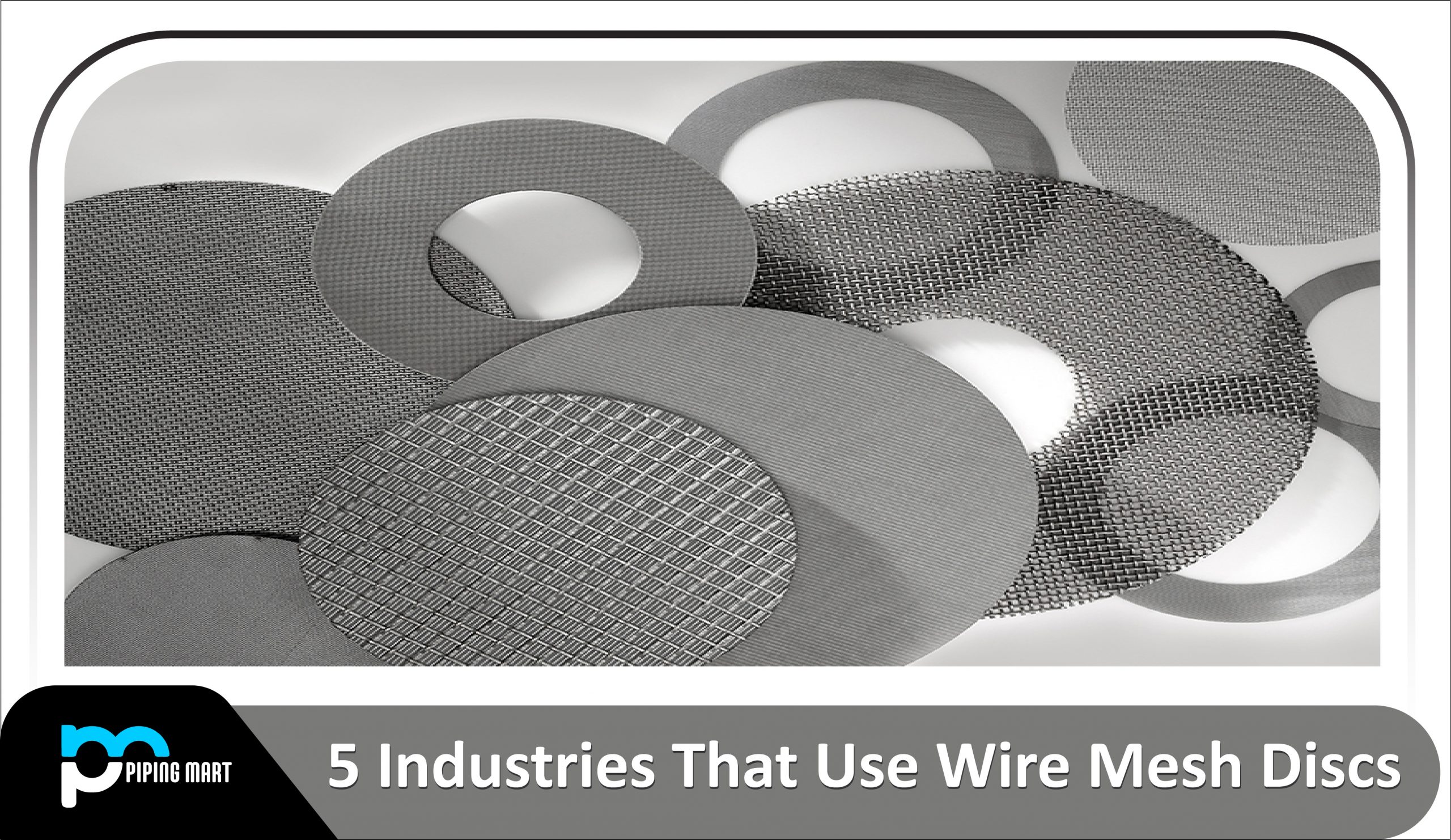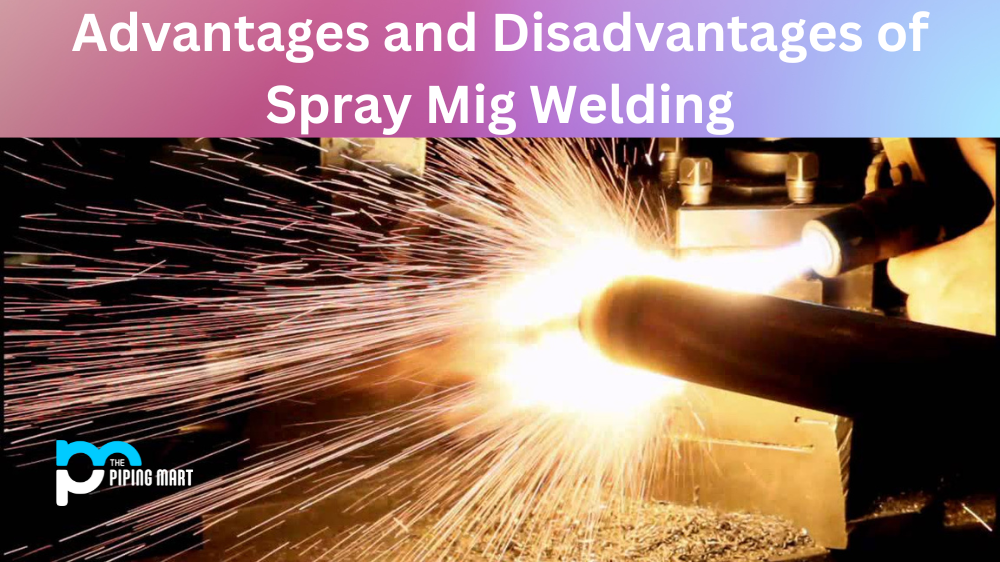Cold pressure welding is a process used to bond two pieces of metal together without the use of heat. It is an efficient, cost-effective way to join two metals together. But just like any type of welding, cold pressure welding comes with its own set of advantages and disadvantages. In this blog post, we’ll explore what those are.
Advantages of Cold Pressure Welding
The first advantage of cold-pressure welding is that it requires minimal surface preparation prior to the actual welding process. This means that you don’t have to go through all the steps necessary for traditional welding, such as grinding or sanding. As a result, cold-pressure welding is much faster than traditional welding methods, saving you time and money in the long run. Another advantage of cold-pressure welding is that it creates a strong joint between two pieces of metal because it uses high pressures rather than heat to bond them together. This makes it ideal for joining thicker materials and creating joints that will be able to withstand higher levels of stress and wear and tear over time. Finally, cold pressure welding doesn’t require any additional fluxes or gases like traditional welding, meaning that you can save more money on fuel costs and eliminate potential hazards associated with using flammable materials near an open flame.
Increased Strength
One of the primary advantages of cold-pressure welding is that it results in a much stronger joint than other welding methods. This is due to the fact that cold-pressure welding creates a metallurgical bond between the two pieces of metal, as opposed to a mechanical bond. This means that the joint will be able to withstand higher loads without breaking.
Increased Durability
Another advantage of cold-pressure welding is that it is much more durable than other welding methods. This is because, as mentioned above, cold-pressure welding creates a metallurgical bond between the two pieces of metal. This bond is not only stronger, but it is also more resistant to corrosion and other forms of degradation
Increased Efficiency
Cold-pressure welding is also much more efficient than other welding methods. This is because it requires less heat to weld the two pieces of metal together. This means that less energy is required to weld the joint, which can lead to significant cost savings. Additionally, cold-pressure welding can be performed much faster than other methods, which can further increase efficiency.
Reduced Distortion
Another advantage of cold-pressure welding is that it results in less distortion than other methods. This is due to the fact that less heat is required to weld the joint, which means that there is less chance for the metal to warp or deform during the welding process.
Greater Versatility
Cold pressure welding also has a number of advantages over other methods when it comes to versatility. This is because it can be used on a wider range of materials, including metals with different compositions and thicknesses.
Disadvantages of Cold Pressure Welding
Despite these advantages, there are also some drawbacks to using cold-pressure welding. For starters, since there isn’t any heat involved in this process, it can be difficult to create a uniform joint between two pieces of metal because they may not be joined perfectly together every time due to a lack of thermal expansion or other factors. Additionally, since this method uses high pressures instead of heat for bonding the metals together, there is a greater risk of warping or distortion if too much force is applied during the process. Finally, since this method relies heavily on precision in order for it to be successful, human error can play a major role in whether or not your welds turn out correctly each time you use this method.
Limited to Metals
One of the primary disadvantages of cold-pressure welding is that it is limited to metals. This means that it cannot be used to weld other materials, such as plastics or glass. Additionally, cold-pressure welding can only be used on metals that are compatible with each other. For example, it cannot be used to weld aluminium to steel.
Requires Specialized Equipment
Another disadvantage of cold-pressure welding is that it requires specialized equipment. This equipment can be expensive, which may make cold-pressure welding cost-prohibitive for some applications. Additionally, the equipment required for cold-pressure welding is typically only available from a handful of manufacturers.
Time Consuming
Cold pressure welding can also be time-consuming, as it typically takes longer to weld two pieces of metal together using this method than it does use other methods, such as arc welding. This is due to the fact that the metal must be cooled slowly in order to prevent cracking.
Not Suitable for Large Pieces
Another disadvantage of cold-pressure welding is that it is not suitable for large pieces of metal. This is because the cooling process can cause large pieces of metal to warp or distort. Additionally, large pieces of metal may require multiple welds in order to create a strong joint, which can further increase the amount of time required.
Requires Clean Metal Surfaces
Finally, cold pressure welding requires clean metal surfaces in order to create a strong weld joint. This means that any dirt, grease, or other contaminants must be removed from the surface before welding can begin.
Conclusion
Cold pressure welding offers many advantages over traditional methods like speed and cost savings due to minimal surface preparation requirements before starting the job, as well as stronger joints due to higher pressures being used during the process instead of heat alone. However, due to the lack of uniformity when joining metals together and the increased risk of warping or distortion with excessive force being applied during the process, industrial engineers should consider all aspects carefully before deciding if cold pressure welding is right for their particular application needs.

Abhishek is a seasoned blogger and industry expert, sharing his insights and knowledge on various topics. With his research, Abhishek offers valuable insights and tips for professionals and enthusiasts. Follow him for expert advice on the latest trends and developments in the metal industry.




